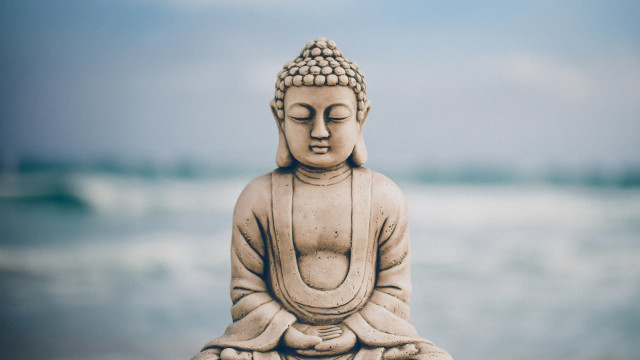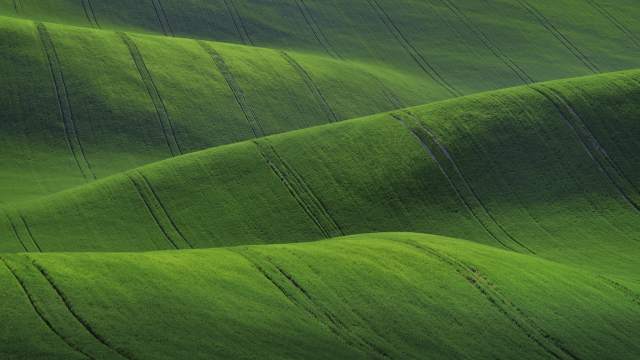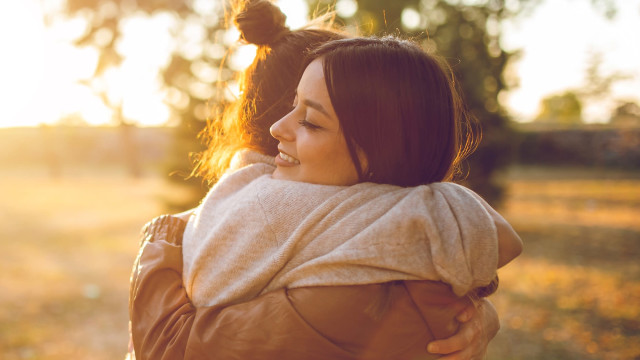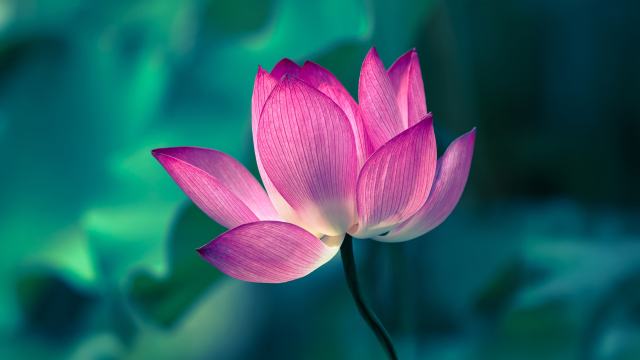How Meditation Opened My Mind

Vishvapani Blomfield has taught meditation for more than two decades. He also writes and broadcasts on mindfulness, meditation, and Buddhism, and is a regular contributor to BBC Radio 4's, Thought for the Day. Here, he talks about finding meditation as a teenager, the embodied experience of the breath, and the benefits of a big garden.
Q: How did you first discover meditation?
A: I first learned to meditate when I was 14 years old; my sister took me to a Buddhist center. My legs ached, and I couldn't wait for the session to end, but when I went on a weekend retreat not long afterward, I found shivers of bliss shooting through my body and my mind, expanding into a thrilling sense of openness.
I'd experienced the short-term benefits of meditation, but more importantly, I'd discovered my mind. I learned my current reality was one-dimensional and shaped by various habits and emotions. I began practicing meditation throughout the rest of my teenage years, and it has been part of my life ever since.
Q: How did you find your meditation style, and why does it work so well for you?
A: I learned meditation in Buddhist settings and first engaged in loving-kindness practices, alongside mindfulness and concentration. I later learned to meditate on Buddhist symbols and images of the Buddha.
I appreciate the range of approaches and sometimes think they are similar to exercising different muscles. It's great to move your legs, but it's also essential to exercise your upper body and get your heart going.
Even so, variety can make practice superficial. Hence, mindfulness is at the core of my practice because it integrates your whole experience into the breath.
Q: What are your favorite topics to focus on in your classes?
A: Most of my teaching comes from a mindfulness-based approach, but I also like to explore loving-kindness for ourselves and others; it has healing power. Another strand that's alive for me right now is using images. I also like to connect what we do in meditation with what happens in our outside lives.
Q: Other than meditation, what daily tools do you use to feel your best?
A: I practice yoga and sometimes do qigong. I also try to engage in some aerobic exercise most days. Since moving a few years ago to a modest house with a big garden, I've become a devoted gardener, and I love spending time with plants and creating something beautiful.
I also love to read poetry, which can be a kind of meditation practice, and I often bring poetry into my mindfulness teaching. But perhaps the most critical area of "practice" involves how I relate to the people around me. I try to work on my communication and how I connect with others. All the meditation in the world doesn't help if you don't practice in this area of life.
Q: What's your top tip for a beginning meditator?
A: I encourage you to put aside most of the ideas you may have about what meditation is. It isn't a way to fix yourself; you don't have to get it right. Remember, it's a time to settle and create space, so be curious and enjoy.
Learn how to cultivate moments of joy and nourishment in this class Enjoy Each Day, with mindfulness teacher, Vishvapani Blomfield.
Header photo: AscentXmedia/E+/Getty Images









